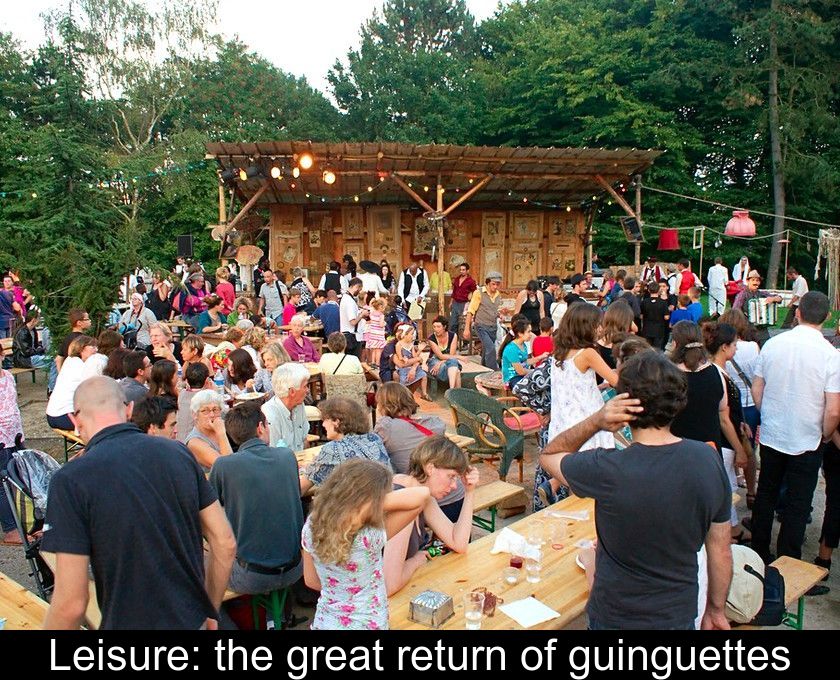Leisure: The Great Return Of Guinguettes
Must-visit places for dancing and partying during long summer evenings, guinguettes have made a big comeback in the French landscape in recent years. We invite you to explore this seasonal or more enduring phenomenon that affects all regions of France.
Open-air cafes are on the rise
Did you know that the word "guinguette" comes from the verb "guinguer," which means to dance in slang? This word appeared in the French language in 1697 to refer to popular cafes where it was possible to dance.
It was in the 19th century that these open-air cabaret restaurants multiplied in the Paris region, and the writer Maupassant was one of their regulars. Generally located by the water, the guinguettes offered their customers the possibility to have lunch, dinner, dance, and even go boating.
Once considered outdated, these cheerful open-air bars are once again popular, especially since the Covid crisis and periods of lockdown. In Alsace, Régis Bordès opened the Guinguette du Parc Alba in Vieux-Thann during the summer of 2020, when outdoor gatherings became possible again. In this particular context, this place, equipped with a real wooden dance floor and tables, met with immediate success.
They bloom by the water's edge or in the heart of the city.
Since 2020, ephemeral or year-round guinguettes have been popping up all over France, from the north of the country to the Toulouse region, including along the banks of the Marne and Seine. There are about twenty just in the Lille metropolitan area.
These convivial places with a joyful atmosphere are generally set up by rivers and canals: an ideal setting to cool off during hot summer evenings and dance until the break of dawn!
While many owners adhere to the tradition of a dance restaurant by the water, others recreate the guinguette spirit in the heart of the city. The Mulhouse Plage initiative, inspired by the Paris Plages model launched by the Paris city hall in 2002, offers families deckchairs, drinks, and music in General de Gaulle Square located... right in front of the train station! In this contemporary version of the guinguette, residents come to dance, but also to listen to concerts or enjoy outdoor cinema evenings...
The setting and friendliness above all else
The grand return of guinguettes in the landscape and in the hearts of the French can be partly explained by their bucolic setting. Even though the prices are quite comparable to those of a restaurant, the atmosphere is very different and this is what attracts customers.
Most of these places are set up outdoors and offer a more convivial and authentic atmosphere than a restaurant. Today's guinguette sometimes plays on nostalgia with musette ball music, old-fashioned furniture, and grandmother's tablecloths. This slightly quaint aspect delights locals and tourists alike, especially when these places also highlight local culinary specialties like tarte flambée in Alsace.
But, regardless of the dishes on the menu, the recipe for success is often the same: an exotic setting that makes you forget the city and a festive atmosphere, both joyful and friendly.










